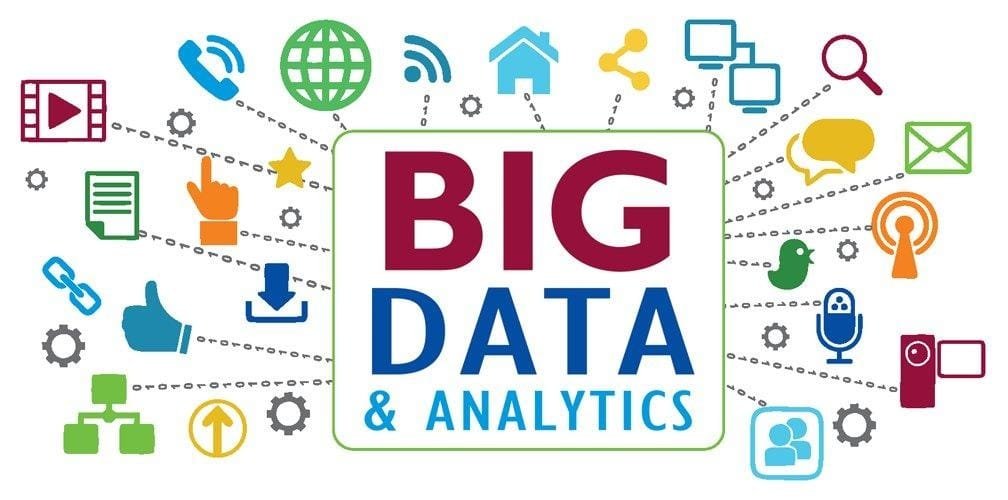Data normalisation: What is it? Overview, advantages, and comprehension 1NF, 2NF, 3NF, and BCNF

It is no secret that data has emerged as a primary focus for every business, from small startups to large corporations. Companies create and use databases to manage data as they gather, store, and analyse it. You may have heard the term “data normalisation” in relation to the expanding field of big data. Understanding data normalisation completely can provide any firm a genuine advantage to expand further with Big Data. Data normalisation is crucial to corporate operations.
Data normalisation: What is it?
The process of rearranging data in a database so that users can use it for additional queries and analysis is known as data normalisation. It is, in a nutshell, the process of creating clean data. Making the data appear consistent across all records and fields and removing unnecessary and unstructured data are two examples of how to do this.
What Are the Steps in Data Normalization?
Data organisation in a database is done by normalisation. Building tables and connecting them together in accordance with guidelines designed to protect the data and improve the database’s adaptability by removing duplication and inconsistent dependence are required.
Redundant data takes up disc space, which causes maintenance problems. If data that is present in numerous places already needs to be changed, it must be updated consistently everywhere. It is much easier to change a customer’s address if the information is kept entirely in the Customers table and not elsewhere in the database.
While it makes perfect sense for a user to look up a specific customer’s address in the Customers database, it might not seem appropriate for the employee who answers the phone on that customer’s behalf. Because it is related to or dependent upon the employee, the employee’s compensation must be moved to the Employees table. Inconsistent dependencies may make it more challenging to obtain data because the path to discovering it may be faulty or insufficient.
SQL’s keys
You must first comprehend the concept of keys in SQL before going on to the various types of data normalisation.
Data normalisation benefits
There are many benefits to normalising a database. Some of the main advantages are as follows:
- utilising normalised database or data redundancy
- Duplication might be removed.
- Reduced null values may result from normalisation.
- results in a more compact database (since there is less data duplication or zero).
- Minimize/avoid difficulties with data modification.
- It makes the queries easy.
- The database’s structure is clearer and easier to understand.
- The database can have existing data added to it without any negative effects.
- Finding, sorting, and indexing may be quicker because the table is small and more rows can fit on the data page.
Problems with Data Normalization
There are various drawbacks to normalising a database. A few disadvantages are as follows:
- When information is dispersed over many tables, it becomes necessary to link the tables together, extending the work. Additionally, the database becomes more intriguing to recognise.
- Tables will include codes rather than actual data since rewritten data will be saved as lines of numbers rather than actual data. As a result, the query table must constantly be consulted.
- Being designed for programmes rather than ad hoc querying, the information model proves to be exceedingly difficult to query. It is made up of a SQL that has been accumulated through time, and operating framework cordial query devices often carry out this task.





